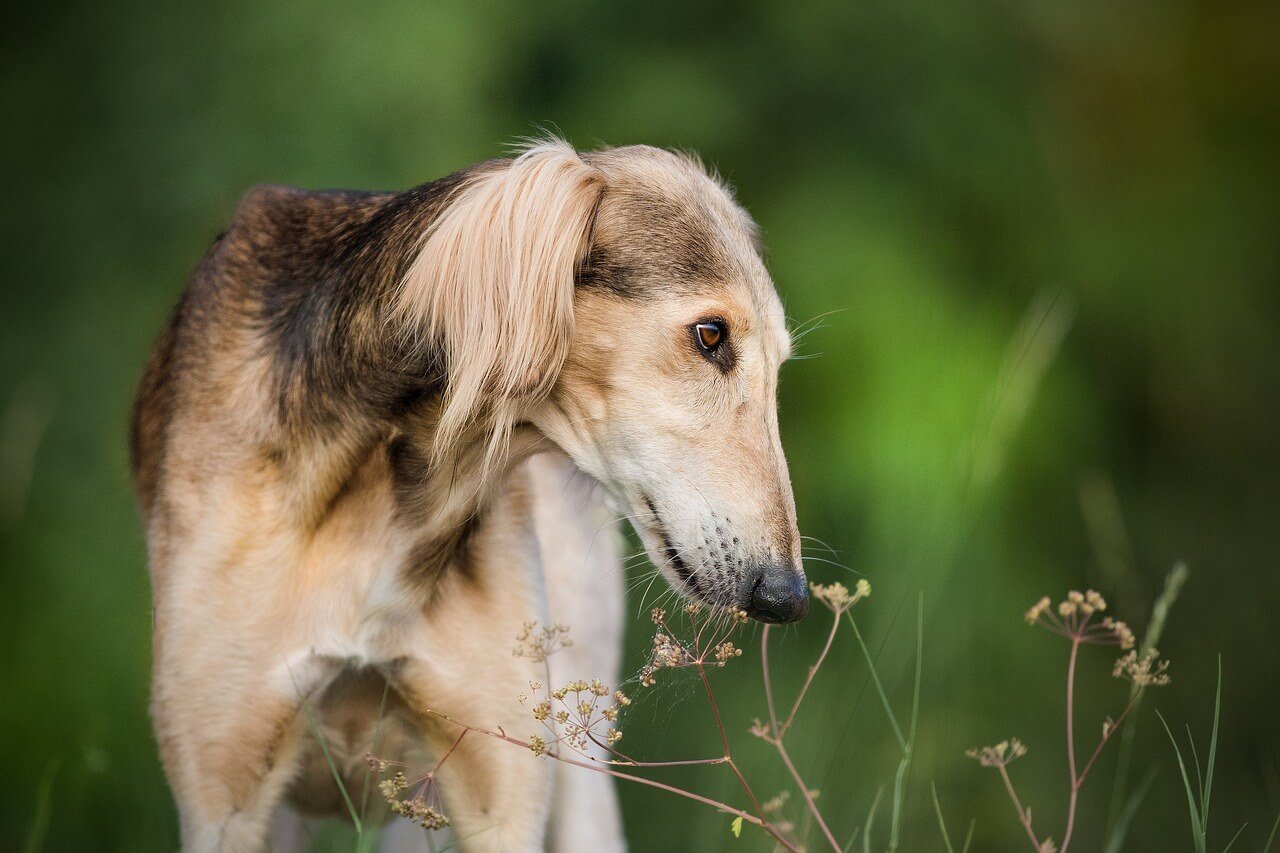Can I Feed My Dog Chicken and Rice Every Day? A Balanced Perspective
Chicken and rice are often recommended as a bland, easy-to-digest meal for dogs, especially when they’re recovering from an upset stomach. But is it safe to feed your dog chicken and rice every day? While this combination is nutritious and gentle on their digestive system, relying solely on these two ingredients can lead to nutritional imbalances over time. Dogs require a variety of nutrients to thrive, including proteins, fats, vitamins, and minerals, which chicken and rice alone cannot fully provide.
In this blog post, we’ll explore the benefits and drawbacks of feeding your dog chicken and rice daily, how to prepare it safely, and what you can do to ensure your pup’s diet remains balanced and complete. By the end, you’ll have a clear understanding of how to incorporate chicken and rice into your dog’s meals responsibly.
Benefits of Feeding Chicken and Rice to Your Dog
Chicken and rice are popular choices for dog owners because they are simple, affordable, and easy to prepare. Here are some key benefits of including this combination in your dog’s diet:
Gentle on the Stomach:
Plain, cooked chicken and rice are bland and easy to digest, making them ideal for dogs with sensitive stomachs or recovering from illness.High-Quality Protein Source:
Chicken provides essential amino acids that support muscle development and overall health.Energy from Carbohydrates:
Rice is a good source of carbohydrates, offering energy without being too heavy on the digestive system.Low Risk of Allergies:
Compared to other proteins and grains, chicken and rice are less likely to trigger allergic reactions in most dogs.Simple to Prepare:
This meal requires minimal ingredients and cooking time, making it convenient for busy pet owners.
While chicken and rice offer several advantages, they should not be the sole components of your dog’s diet. Balance is key to ensuring your dog receives all the nutrients they need.
Potential Risks of Feeding Chicken and Rice Every Day
While chicken and rice are nutritious, feeding them exclusively can lead to potential health issues over time. Here are some risks to consider:
Nutritional Imbalance:
Chicken and rice lack essential nutrients like omega-3 fatty acids, calcium, and certain vitamins that dogs need for optimal health.Weight Gain:
Rice is high in carbohydrates, which can contribute to weight gain if fed in excess without proper portion control.Protein Deficiency:
Relying solely on chicken may not provide enough variety in protein sources to meet your dog’s dietary needs.Boredom and Picky Eating:
Feeding the same meal every day can make your dog lose interest in food or become overly picky.Increased Risk of Food Intolerances:
Overexposure to the same ingredients can sometimes lead to sensitivities or intolerances over time.
To avoid these risks, it’s important to supplement chicken and rice with other nutrient-rich foods or rotate their diet regularly.
Check this guide 👉How to Boil Chicken for Your Dog: Best 7 Health Tips!
Check this guide 👉Can Dogs Eat Chicken Nuggets? Best 7 Health Tips!
Check this guide 👉How Much Chicken to Feed a Dog: Best 7 Expert Tips!

Ingredient | Key Benefits for Dogs |
|---|---|
Chicken | High-quality protein for muscle repair |
Rice | Easily digestible carbohydrate for energy |
Sweet Potatoes | Rich in fiber and vitamins for digestive health |
Green Beans | Low-calorie source of fiber and antioxidants |
Salmon | Provides omega-3 fatty acids for skin and coat health |
How to Safely Prepare Chicken and Rice for Your Dog
If you decide to include chicken and rice in your dog’s diet, preparation is crucial to ensure safety and maximize nutritional value. Follow these tips for safe and healthy meal prep:
Use Plain Ingredients:
Avoid seasoning the chicken or rice with salt, spices, or oils, as these can upset your dog’s stomach.Cook Thoroughly:
Ensure the chicken is fully cooked to prevent the risk of salmonella or other foodborne illnesses.Remove Bones:
Always debone the chicken before serving to avoid choking hazards or internal injuries.Choose Brown Rice:
Opt for brown rice instead of white rice for added fiber and nutrients.Portion Control:
Serve appropriate portions based on your dog’s size, age, and activity level to prevent overfeeding.
By following these guidelines, you can safely incorporate chicken and rice into your dog’s meals without compromising their health.
Tips for Balancing Chicken and Rice in Your Dog’s Diet
To ensure your dog’s diet remains well-rounded, it’s important to balance chicken and rice with other ingredients. Here are some practical tips to achieve this:
Add Vegetables:
Include dog-safe veggies like carrots, spinach, or green beans to boost vitamin and mineral intake.Incorporate Healthy Fats:
Add a small amount of fish oil or flaxseed oil to provide essential fatty acids for skin and coat health.Rotate Protein Sources:
Alternate chicken with other lean proteins like turkey, beef, or lamb to provide variety and prevent deficiencies.Include Calcium-Rich Foods:
Add crushed eggshells or a canine-specific calcium supplement to ensure strong bones and teeth.Consult Your Veterinarian:
Work with your vet to create a customized meal plan that meets your dog’s unique nutritional needs.
By diversifying your dog’s diet, you can ensure they receive all the nutrients necessary for a long, healthy life.
Signs Your Dog Is Missing Essential Nutrients
If your dog’s diet lacks variety, they may show signs of nutritional deficiencies. Recognizing these signs early can help you adjust their meals and ensure they’re getting everything they need.
Dull or Dry Coat:
A lackluster coat can indicate a deficiency in essential fatty acids like omega-3s.Lethargy or Weakness:
Low energy levels may signal insufficient protein or calorie intake.Brittle Nails or Poor Dental Health:
Weak nails or teeth often point to a calcium or mineral deficiency.Frequent Illnesses:
A weakened immune system could be a sign of inadequate vitamins and antioxidants.Digestive Issues:
Diarrhea, constipation, or excessive gas may result from a lack of dietary fiber or imbalanced nutrients.
By addressing these signs promptly, you can prevent long-term health issues and ensure your dog thrives on a balanced diet.
Creative Ways to Add Variety to Chicken and Rice Meals
Adding variety to your dog’s chicken and rice meals keeps them excited about food while ensuring they receive a broader range of nutrients. Here are some creative ideas:
Mix in Lean Ground Turkey:
Swap out chicken occasionally for ground turkey to provide a different protein source.Add Pureed Pumpkin:
Pumpkin is rich in fiber and helps with digestion while adding moisture to the meal.Sprinkle Kelp Powder:
Kelp is packed with iodine and other trace minerals that support thyroid health.Include Blueberries or Apples:
These fruits are low in calories and high in antioxidants, making them a healthy treat.Top with Plain Yogurt:
A small amount of plain yogurt adds probiotics for gut health and a creamy texture.
Incorporating these additions ensures your dog enjoys a more diverse and nutrient-rich diet.
Common Mistakes to Avoid When Feeding Chicken and Rice
Even well-meaning pet owners can make mistakes when preparing chicken and rice for their dogs. Avoiding these pitfalls will help keep your dog safe and healthy.
Overcooking the Chicken:
Overcooking can reduce the nutritional value of the meat; aim for just cooked through.Using Seasoned or Processed Rice:
Instant or pre-seasoned rice often contains additives that can upset your dog’s stomach.Feeding Raw Chicken:
Raw chicken poses a risk of salmonella or other bacterial infections; always cook it thoroughly.Ignoring Portion Sizes:
Feeding too much rice can lead to carb overload, while too much chicken may cause protein imbalance.Neglecting Regular Vet Check-Ups:
Without professional guidance, you might miss underlying health issues related to diet.
By avoiding these common mistakes, you can ensure your dog’s meals are both safe and nutritionally sound.
Frequently Asked Questions About Feeding Chicken and Rice to Dogs
Is chicken and rice safe for puppies?
Yes, but consult your vet first to ensure it meets their specific developmental needs.
Can I add vegetables to chicken and rice?
Absolutely! Dog-safe veggies like carrots, green beans, or pumpkin are excellent additions.
How often can I feed my dog chicken and rice?
It’s best to use it as an occasional meal or supplement rather than a daily staple.
What if my dog has allergies to chicken or rice?
Substitute with alternative proteins (like turkey or lamb) and grains (like quinoa or sweet potatoes).
Do I need to cook the rice and chicken separately?
Cooking them together is fine as long as no seasoning or harmful ingredients are added.
Final Thoughts: Striking the Right Balance in Your Dog’s Diet
Feeding your dog chicken and rice can be a healthy and convenient option, especially for short-term dietary needs or digestive issues. However, relying on this combination every day can lead to nutritional gaps and potential health problems. By incorporating a variety of proteins, grains, vegetables, and supplements, you can ensure your dog’s meals are both delicious and nutritionally complete. Remember, every dog is unique, so it’s always a good idea to consult your veterinarian before making significant changes to their diet. With thoughtful planning and attention to detail, you can provide your furry friend with meals that support their health, happiness, and vitality. Happy cooking!
Canned Pumpkin for Cat Diarrhea: Best 7 Expert Tips! Natural remedy to firm stools, soothe upset bellies, and support gut health safely.
Can a Cat Give You Scabies? Best 7 Expert Tips! Discover the truth about feline mites, human skin risks, and how to protect yourself—without panic.
Cat Flea vs Human Flea: Best 7 Expert Tips! Discover the truth about bites, species, and how to eliminate infestations for good.
Weird Cat Behaviors: Best 7 Expert Tips! Discover why cats do strange things—and how to understand, not punish, their instincts for a happier home.





